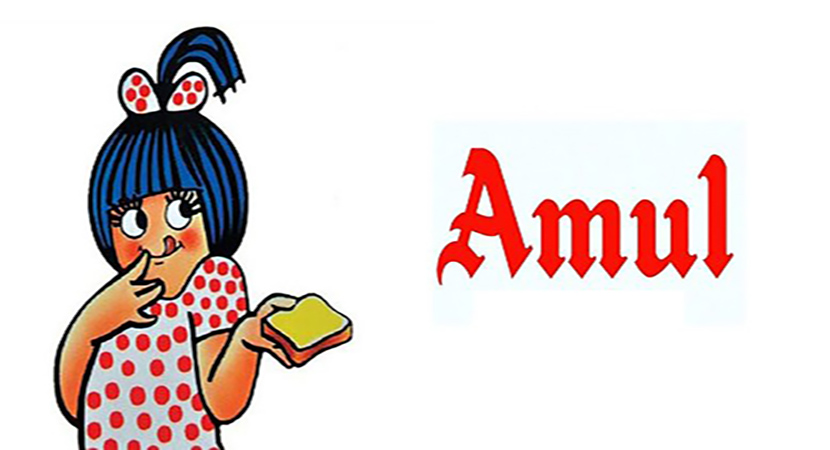Recently, at a reputation management workshop in a Maharatna company, I made some of the participants research and present on innovative ideas adopted by companies for stakeholder engagement. One of the teams shared the case of ‘BooBoo Family’ of Bajaj Allianz, a major industry player in the Indian insurance market. It was a road safety campaign by the company conveyed through a family comprising of 5 relatable members (Father, Mother, Daughter, Son, and Uncle).
The animated videos showed various irresponsible behaviours of people while driving on roads and their repercussions in a humourous manner. On the launch day itself, the video garnered over a lakh impression on Twitter and Facebook. It made a lasting impression on the audience with its goofy demeanour. Along with the stunning response on social media, the insurance company emerged as a responsible brand in the market.
This campaign stayed with me. After the session, in my car out of intrigue, I started exploring more about how brand personification through animated characters or mascots can be better than brand ambassadors. And then I researched on this fascinating concept which I had noticed every day in multiple Indian and international brands. Yet, I didn’t really study this creative idea to its depth which has actually helped many brands become cultural symbols and drivers of change.
The amazing Amul Girl
The port of call obviously was the Amul Girl.
It’s a prime example of how consistent creative efforts in the right direction with an eye on the changing times can do wonders for a brand. This mascot created decades ago is still relevant and more popular than ever. The company adapted to the digital era and launched an app for fanatics of this playfully comic mascot’s take on the latest happenings and special occasions in the country.
The Amul Girl was created in 1966 after just 9 years of launching the brand. And even today (especially today) after more than 50 years, the Amul brand is recognised through the chubby little girl who is fond of eating Amul Butter.
The Amul Girl captures and engages the attention of the right audience – the common man. It seamlessly connects the brand/product’s features with the story or news it is sharing. And expresses a distinct opinion that resonates across its stakeholder segments.
The zealous ZooZoos
If you have caught a glimpse at your TV during an IPL match in the past decade, you have seen these amazing balloon-headed white creatures proposing their love, dancing on radio music, posing for a photo on the moon. The ZooZoos were a welcome addition to the loyal pug that brought the initial customers for the Hutch-turned-Vodafone.
ZooZoos were shown to stuck in similar problems of tele-communications that a common person was facing at that time. But with multiple themes and storylines, the ads highlighted how Vodafone had a solution for their every problem with its unique value-added services. This simple connection and stimulation through the mascot helped them capture the urban audience in spades.
All three campaigns adopted a different style. While Bajaj Allianz focused on a specific segment and subtly used the campaign to drive home a specific message, the Amul Girl is consciously positioned as the voice of ‘aam aadmi’ and the ZooZoo campaign by Vodafone is very clearly used for feature promotion.
These and many more such cases indicate that a brand mascot helps the target audience to connect with the company through the personification of human qualities. And the absence of preference biases associated with a typical brand ambassador further elevates the rapport with the customers. Also, it’s way more cost-effective!


